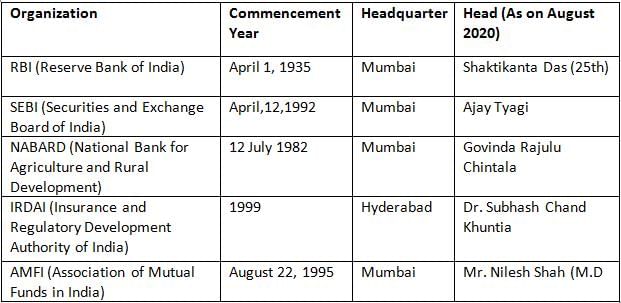SBI CBO Mock Test - 2 - Bank Exams MCQ
30 Questions MCQ Test - SBI CBO Mock Test - 2
Which of the following claims would the author of the passage most agree with?
The passage is primarily concerned with which of the following?
According to the passage, which of the following is most likely to be true about Ralph Waldo Emerson‘s beliefs?
Then
P: it struck me
Q: of course
R: suitable it was
S: how eminently
The Proper sequence should be:
Mulk Raj Anand is one of the most ...... Indo-Anglian novelists and story-writers of today.
I read an advertisement that said
P: posh, air-conditioned
Q: gentleman of taste
R: are available for
S: fully furnished rooms
The Proper sequence should be:
Nazis did not exterminate the Jews in order to take their_________as most Jews were _________, and those who owned anything probably would have given it up gladly in order to save themselves.
....., every student of English literature must read all the best dramas of Shakespeare.
Read the each sentence to find out whether there is any grammatical error in it. The error, if any will be in one part of the sentence. The letter of that part is the answer. If there is no error, the answer is 'D'. (Ignore the errors of punctuation, if any).
Directions: In each of the following questions a sentence is given with one blank. You have to fill the blank with one of the words given as options in order to make the sentence contextually and grammatically correct.
India’s problem is not the paucity of traffic rules and regulations but a general _______________ for them.
The first ever life insurance company in India, Oriental Life Insurance Company, was set up in Calcutta in the year _________.
Which of the following statements is/are correct regarding Exim Bank?
- It provides financial advice and counseling services for internationalisation of business of Indian companies which are foreign oriented.
- It provides working capital term loan to export-oriented units.
- It extends buyers' credit and lines of credit
The Reserve Bank of India has decided to help banks as a temporary measure, by providing additional liquidity support under LAF. What does LAF stand for?
Consider the following statements regarding the Money and Capital market in India:
- Money markets are generally much safer than capital markets.
- Investment in the capital market requires a huge financial outlay to invest compared to the money market.
- Capital market generally yields a higher return for investors than the money markets.
Which of the statements given above is/are correct?
Which among the following authority governs the mutual funds business in India?
As per the RBI instructions in case of a failed ATM transaction, the card-issuing bank has been mandated to resolve the customer complaint by re-crediting the customer's account within ______ working days from the date of complaint.
Which of the following co-operative banks is considered as the first Co-operative Bank in India?
Which of the following statements holds true about Mutual Funds?
When was the Pension Fund Regulatory and Development Authority of India (PFRDA) established?
Which of the following statements is/are correct regarding National Housing Bank?
- It provides refinance to scheduled commercial banks.
- It provides Guarantee and Under-writing services to Housing Finance institutions.
- It is not authorised to audit account books of Housing Finance institutions and scheduled commercial banks.
Financial inclusion is needed because of the following?
- Growth
- Development
- Service delivery
Which of the following day was declared as 'Veer Baal Diwas' by the Prime Minister Narendra Modi?
Data transmission across communication lines occurs between two or more computers is called _________.
















